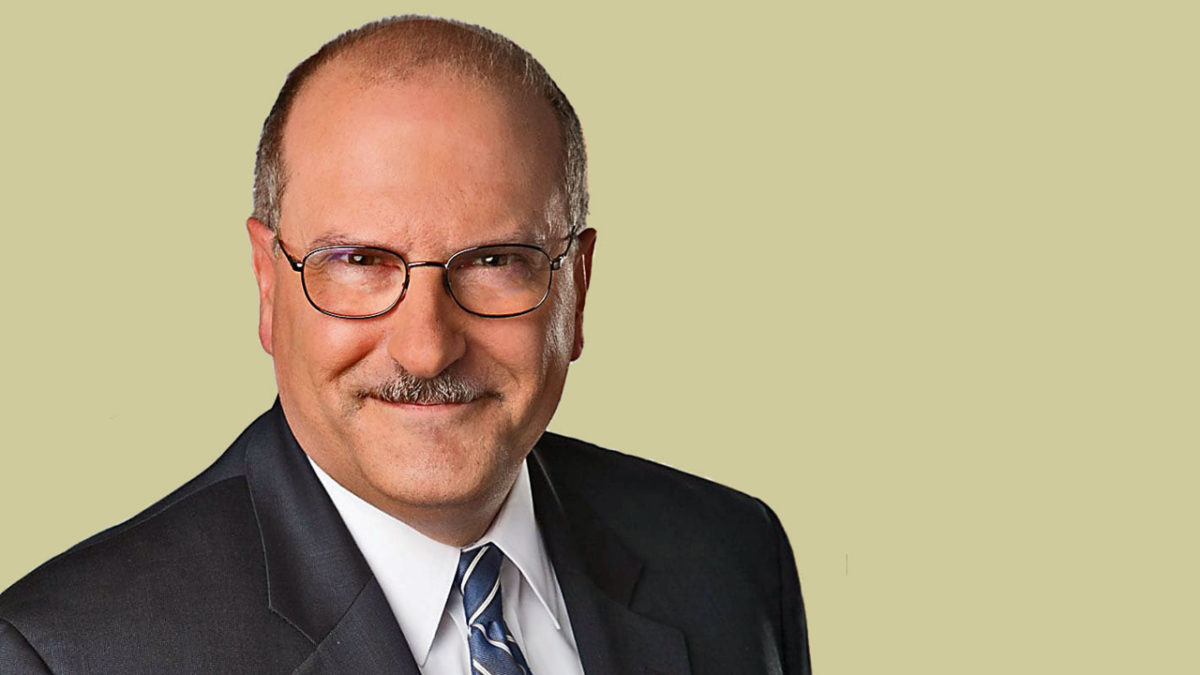Why US trading systems could reach unsettling speeds
US markets could halve settlement times by 2023 in a move aimed at dramatically cutting margin costs and reducing risk, according to financial infrastructure provider The Depository Trust & Clearing Corporation (DTCC).
The DTCC proposal released in the wake of the GameStop brouhaha that highlighted margin bottlenecks in the system would see US securities trading move to a ‘T+1’ standard by latter half of 2023 from the current model where equity trades settle two days after purchase.
In a white paper published last week, DTCC head of clearing agency services and global business operations, Murray Pozmanter, said a shorter “settlement cycle would help strike a balance between risk-based margining and reducing procyclical impacts”.
“In fact, our risk model simulations have shown that the Volatility component of [the DTCC clearing company] margin could potentially be reduced by 41 per cent by moving to T+1, assuming current processing and without any other changes in client behavior,” Pozmanter said.
He said the technology was already in place to facilitate T+1 in US markets but the wider industry “process and procedure” must adapt to handle the faster settlement.
But while T+1 was in sight the DTCC report says accelerating further to T+0 (where trades are settled at end of the same day) or even ‘real-time gross settlement’ (RTGS) remained “aspirational” for now.
T+0 is doable with current technology, however, the financial industry would have to substantially overhaul certain core processes. Technically, at T+0 pace DTCC could still ‘net trades’ – a background rebalancing of all trading parties buys-and-sells that substantially reduces the need for cash settlements.
The white paper says DTCC typically nets out 98 per cent of all trades on any given day. For instance, on March 3 last year amid the first wave of COVID-19 market panic “the value of shares moving through the system exceeded US$3.51 trillion; however, the actual dollar value requiring final money settlement was reduced over 98%, to just US$80.3 billion”, the report says.
However, hitting warp speed with RTGS – as mooted by some industry players post GameStop – “could increase risk for investors and make markets less efficient” by eliminating trade netting.
“Real-time gross settlement could potentially require that transactions in the U.S. market be funded on a transaction-by-transaction basis, and thus lose the liquidity and risk-mitigating benefits of today’s netting features,” the DTCC paper says. “Instantaneous settlement would require trades to be prefunded and on an unsecured basis, which could limit market liquidity.”
As well, in a non-netting RTGS world, the amount of trades to settle would “soar”, the report says, while the amount “of failed transactions are also likely to increase dramatically”.
Under the DTCC plan, the US industry would road-test new technology (including blockchain-based methods) and upgrades to current systems before adopting a T+1 model in the second half of 2023.
“Whether that new approach is the adoption of new emerging technologies, or the development of creative new business processes, DTCC believes we can create cost and balance sheet efficiencies for our clients and solidify the U.S. markets as the deepest, broadest and most efficient markets in the world,” the report says.
DTCC launched a proof-of-concept effort, called ‘Project Ion, last year to test an ‘accelerated settlement’ system wired with blockchain.
US equity markets moved to T+2 in 2017, one year after the ASX and NZX adopted the faster settlement times.
As recently as 1995, US settlement times stood at T+5 before the market system providers sliced two days off the process in that year.










